Fountain pens exude elegance and evoke nostalgia; they offer a tactile sensation and a connection to a bygone era that today’s digital world often lacks. If you’re a beginner looking to step into the delightful realm of fountain pens, or just eager to start your very own fountain pen collection, you’ve stumbled upon the perfect read! Through this guide, we’ll swirl through the essentials of choosing, using, and cherishing these fine writing instruments. Why bother reading? By the end of this, you’ll not only be equipped to pick your first fountain pen but also to weave it seamlessly into your life and possibly spark a new, lasting passion.
Key takeaways
- Embrace the unique elegance and personalized writing experience of fountain pens.
- Start with an easy-to-use, beginner-friendly fountain pen such as the Pilot Metropolitan.
- Experiment with different ink colors and properties to find your favorites.
- Master the correct technique for a smoother and enjoyable writing experience.
- Establish a regular cleaning routine to maintain ink flow and prolong your pen’s life.
- Gradually build your collection, exploring the historical depth of vintage pens and the advancements of modern pens.
- Engage with the fountain pen community for shared knowledge, inspiration, and connection.
- With patience and exploration, allow fountain pens to elevate your writing to an art form and build a collection that tells a story.
What’s the Buzz Around Fountain Pens?
Why Use a Fountain Pen?
Fountain pens aren’t just writing instruments; they invite you to slow down and savor the writing experience. Unlike ballpoint or gel pens, a fountain pen can enhance your writing style, offering smooth writing that adapts to your unique grip and pressure. They’re also incredibly versatile, allowing you to change ink colors and nib sizes to suit your mood or task. Plus, fountain pens continue to carry a certain prestige, symbolizing sophistication and thoughtfulness.
The Environmental Edge
In the era of disposables, using fountain pens is an eco-friendly decision. With the ability to refill with bottled ink, you cut down on the waste that comes with discarding used-up pens. Not to mention, a well-maintained fountain pen can last a lifetime, becoming a part of your personal heritage that can be passed down through generations.
Getting Started With Fountain Pens
Fountain Pen Basics: What Makes Up a Fountain Pen?
Do you know what makes a fountain pen tick…or rather, flow? A key part of the fountain pen is the nib, which comes in various sizes and is the point through which ink flows onto the paper. Then there’s the feed, ensuring that the ink flow is right, neither too wet nor too dry. And let’s not forget the barrel that holds all the magic together! Understanding these parts will help you in getting started with fountain pens.
How Do Fountain Pens Work?
Unlike a ballpoint pen that requires pressure to release ink, fountain pens use gravity and capillary action to bring the ink to the nib. When you hold the pen at the right angle, the ink effortlessly flows out, enabling a gentler writing experience. This allows for a more relaxed grip and even alleviates hand fatigue during long writing sessions.
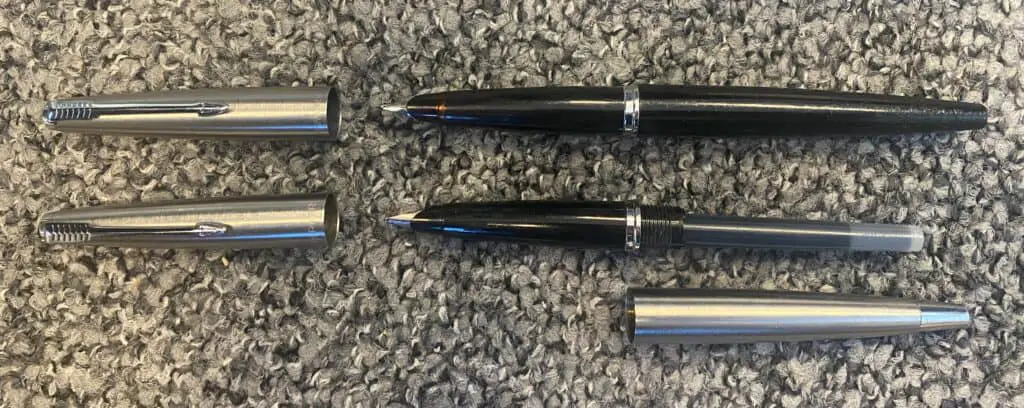
Choosing Your First Fountain Pen
What Should You Look for in a Starter Pen?
As a beginner in the fountain pen world, you want a forgiving, easy-to-use, and affordable pen. The Pilot Metropolitan, for example, is a popular choice among newcomers for its balance of quality and price. When choosing your first fountain pen, consider the nib size that suits your writing style, the weight and balance of the pen, and the filling mechanism it uses.
Where Can You Buy a Pen?
You might be tempted just to hit up the nearest office supply store, but fountain pens come in a wide range that might not be available everywhere. Specialty stores, online retailers, and even pen shows are fantastic places to explore a variety of pens. You can hold the pen, feel its weight, and often even try writing with it before deciding.
Understanding Ink for Your Fountain Pen
Selecting the Right Fountain Pen Ink
Fountain pen ink is a world unto itself. It’s more watery than the ink in a ballpoint or gel pen, which is part of what allows for such smooth writing. Inks come in an unbelievable range of colors and properties, including waterproof and shimmering varieties. As a beginner, starting with a standard blue or black might be a good idea before diving into more eccentric ink colors.
How to Refill Your Pen with Bottled Ink
Learning to refill the pen with bottled ink is a rite of passage for fountain pen users. Different methods are depending on the type of pen you have, whether it’s a piston filler, cartridge, or converter. The process usually involves dipping the nib into the ink, drawing ink into the barrel, and wiping off the excess. It’s a bit of an art, and certainly part of the charm of using your pen.
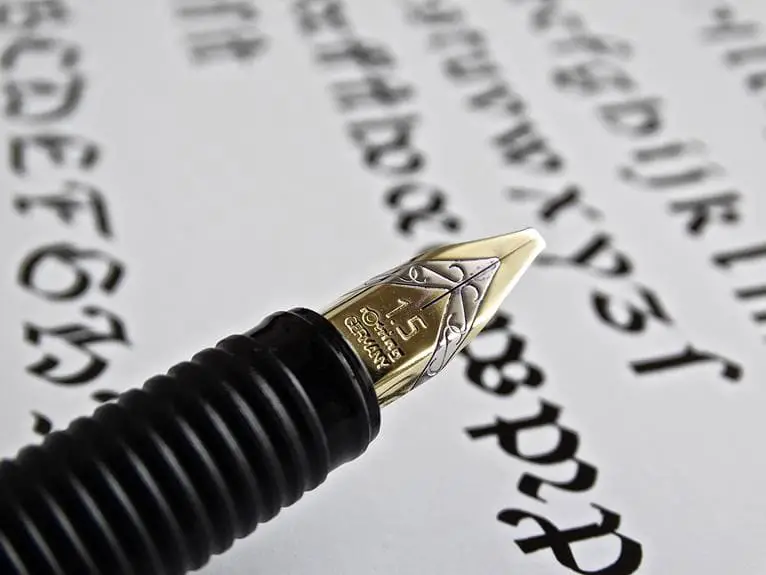
Mastering the Art of Writing With a Fountain Pen
How to Hold the Pen Correctly
Believe it or not, there’s an optimal way to hold a fountain pen. The key is not to grip it too tightly and to let it rest comfortably at an angle between 40 to 55 degrees from the paper. This ensures that the ink flows smoothly and the nib glides across the paper without scratching or skipping.
Adjusting Your Writing Style to a Fountain Pen
While fountain pens are versatile, they do require a slight adjustment in your writing technique. You’ll soon realize that less pressure is needed compared to a ballpoint or gel pen. Over time, you’ll find that writing with a fountain pen can even improve your handwriting, making it more even and more deliberate.
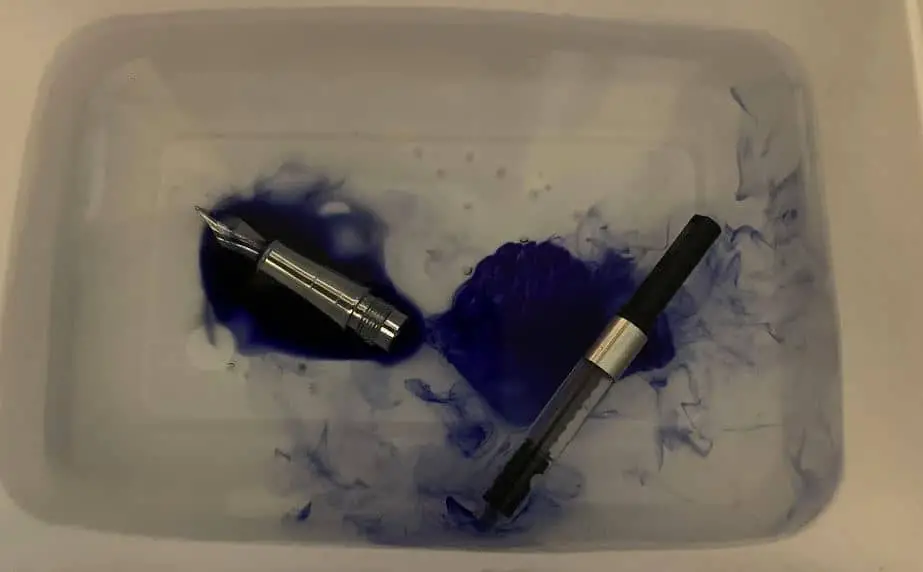
Cleaning and Maintenance: Keep That Nib Flowing!
Why You Need to Clean Your Pen Regularly
Residue and dried ink can clog the delicate feed system of a fountain pen, so regular cleaning is essential. It keeps the ink flowing freely and extends the life of your pen. Plus, it’s necessary when you want to change ink colors to prevent muddying the new shade with remnants of the old one.
The Basics of Cleaning Your Fountain Pen
Thankfully, cleaning your pen is straightforward. It usually involves flushing the nib and feeding it with water until it runs clear. You may need a bulb syringe or converter to push the water through. Letting the nib dry properly before you refill with ink is also crucial to prevent any potential leaking.
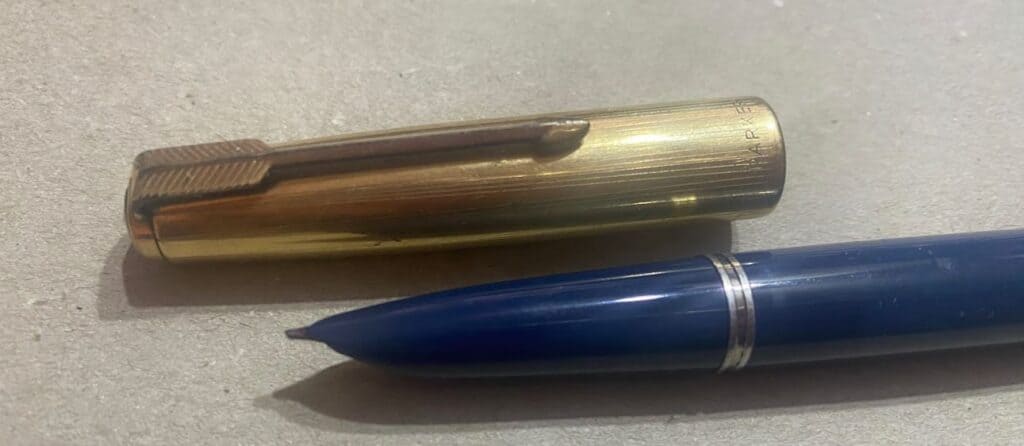
Building Your Fountain Pen Collection
Starting a Fountain Pen Collection
You may want to explore more once you’ve caught the fountain pen bug. Building a fountain pen collection can start with different nib sizes for various writing tasks or collecting pens with sentimental value, such as those from special places or events. Remember, the value of a collection is not just in the pens’ cost but in the enjoyment and variety they bring to your writing.
Tips for Beginner Collectors
For beginners, it’s wise to start with a small, manageable collection. Focus on different types of pens—such as a reliable daily writer, a pen for special occasions, and maybe a unique or colorful addition to brighten up your day. This lets you experience the breadth without being overwhelmed by the choices.
The Allure of Vintage Fountain Pens
What Makes Vintage Fountain Pens So Special?
Vintage fountain pens have a history that fuels their allure. Each vintage pen has its own story, and some may be rare or represent milestones in fountain pen design. Collecting vintage pens puts you in touch with the past, and using them adds a new chapter to their story.
How to Get Started with Vintage Pens
Venturing into vintage pens can be daunting due to the sheer age and potential need for refurbishment. A good starting point is to read about fountain pens from forums dedicated to fountain pens and become familiar with the brands and models considered to be classics. Attend pen shows where experts can guide you and where you can see and hold these pens in person.
Modern Fountain Pens: What’s Out There?
Exploring the Variety of Modern Pens
Modern fountain pens are the contemporary cousins to their vintage counterparts, offering new technologies, materials, and designs. From the minimalist to the extravagant, many fountain pens are made to suit any preference. Newly-engineered nibs, filling mechanisms, and ergonomic designs make modern pens tempting for those who value both form and function.
Features and Benefits of New Fountain Pens
Some modern pen features include clear demonstrator bodies that show the pen’s inner workings, lightweight yet durable materials, and even limited edition pens that become collector’s items. New fountain pens can also offer smoother writing experiences with advancements in ink flow technology.
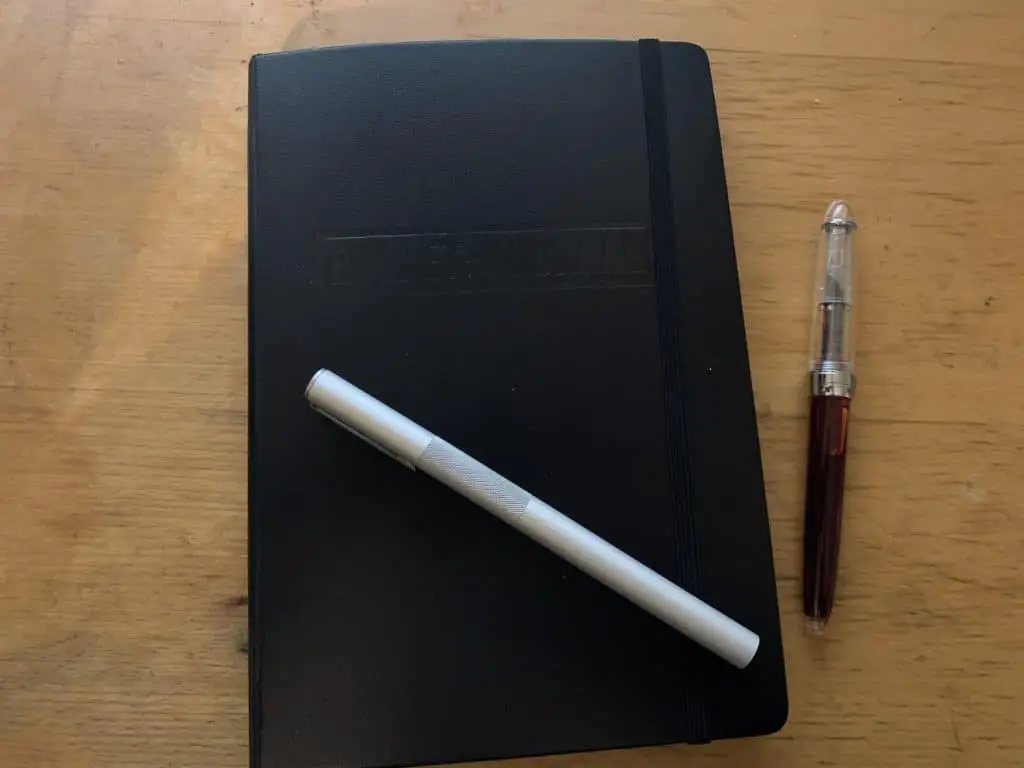
The Fountain Pen Community: Joining the Fray
Why Engage with Fountain Pen Enthusiasts?
The fountain pen community is a vibrant space where beginners and seasoned collectors share their knowledge, experience, and passion for pens. Engaging with this community can deepen your understanding and appreciation of fountain pens and offer insights into the next pen for your collection.
How to Connect with Other Fountain Pen Users
There are plenty of ways to connect, from local pen clubs to online forums such as the Fountain Pen Network. You might attend pen shows, join online discussions, or follow fountain pen blogs and social media accounts. Participating in these communities can provide support, enable trade, and lead to lasting friendships.
Frequently Asked Questions
Bullet Point Summary:
- Fountain pens offer an environmentally friendly writing experience that can be customized to your style.
- The basics of a fountain pen include the nib, feed, and barrel, each playing a crucial role in the writing experience.
- When choosing the first fountain pen, look for something easy to use and maintain, like the Pilot Metropolitan.
- Fountain pen ink is available in many colors and properties, with the refilling process being part of the overall experience.
- Write with a relaxed grip and allow the pen’s nib to glide over the paper to take advantage of the fountain pen’s smooth writing.
- Regular cleaning and maintenance of your pen are crucial to prevent clogs and ensure a pristine writing flow.
- Start your collection small and diversify it by acquiring pens for different uses and occasions.
- Vintage fountain pens are treasures with history; learn about them and engage with experts to start collecting.
- Modern fountain pens combine innovative features with stylish designs, providing great diversity and functionality.
- Joining the fountain pen community can expand your knowledge, deepen your appreciation, and help you grow your collection.
